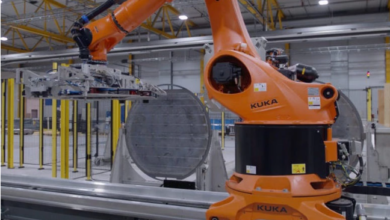ArcelorMittal Sestao eyes to become zero carbon-emissions steel plant using hydrogen
ArcelorMittal Sestao uses renewable electricity, green DRI and hydrogen-based burners to become a zero carbon-emissions plant.

ArcelorMittal plans to make its Sestao plant in Spain the world’s first full-scale zero carbon-emissions steel plant.
The global steelmaker has signed a memorandum of understanding with the Spanish government leading to an investment of €1 billion for building a green hydrogen direct reduced iron (DRI) plant at its plant in Gijón along with a new hybrid-electric arc furnace (EAF). It will build a 2.3 million tonnes/year green hydrogen DRI unit in Gijón, where 1 million tonnes/year of DRI will be supplied to Sestao to be used as a feedstock for its two EAFs.
The project also involves the construction of multiple large-scale solar farms, with hydrogen produced in situ. ArcelorMittal will also invest €50 million in Sestao to fund the introduction of crucial emerging technologies required to bring the plant to zero carbon emissions.
The Sestao plant, which produces a range of flat steel products for the automotive and construction sectors, will produce 1.6 million tonnes of zero carbon-emissions steel by 2025. The steelmaker will enable the transition by taking several steps, including changing the metallic input by increasing the proportion of scrap and green hydrogen-produced DRI from Gijón in its two existing EAFs.
Furthermore, it will also use renewable electricity in the plants and employ sustainable biomass or green hydrogen to replace fossil fuels in the steelmaking process. The company will also work to reduce Scope 3 emissions to zero.
The national and the Basque government’s support in this project is crucial from both a funding perspective and the provision of the required green hydrogen infrastructure.
Aditya Mittal, CEO ArcelorMittal, said, “ArcelorMittal will be the first company in the world to be in a position to offer its customers meaningful volumes of zero carbon-emissions steel.
